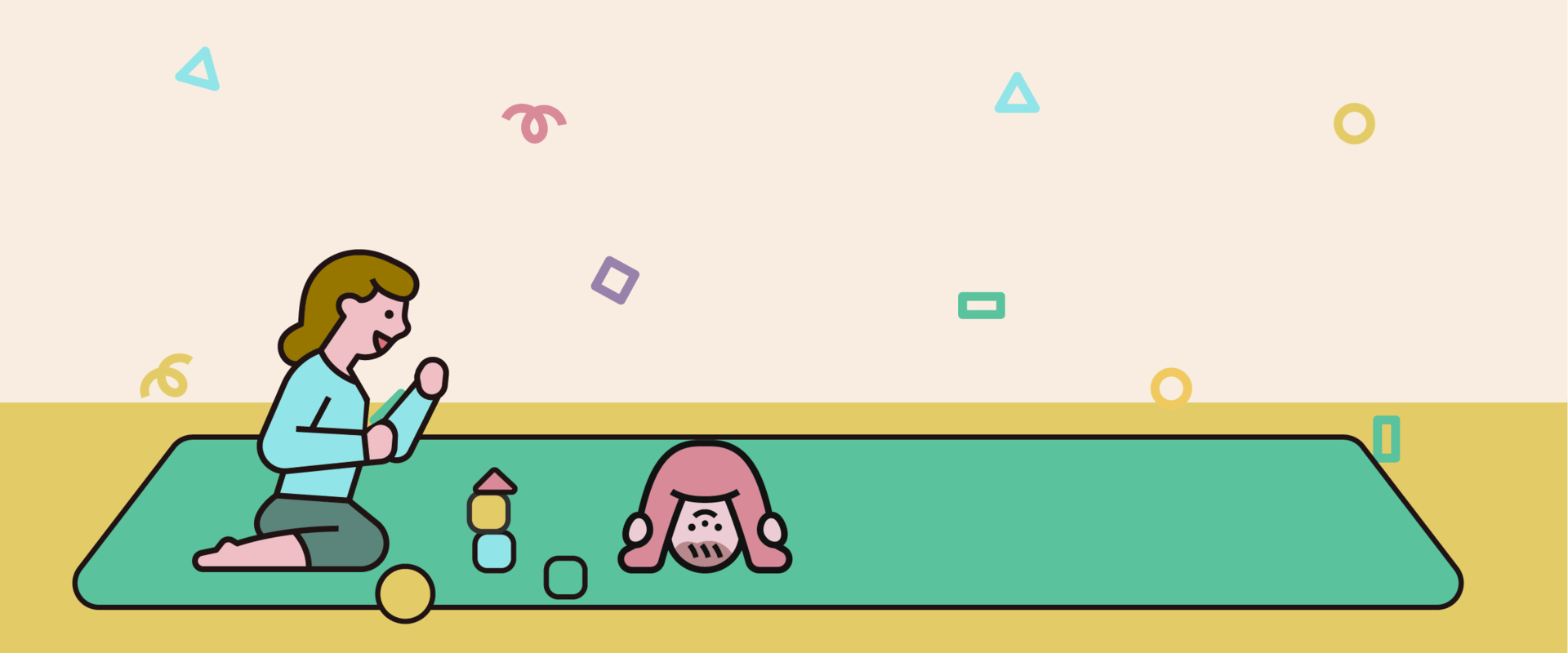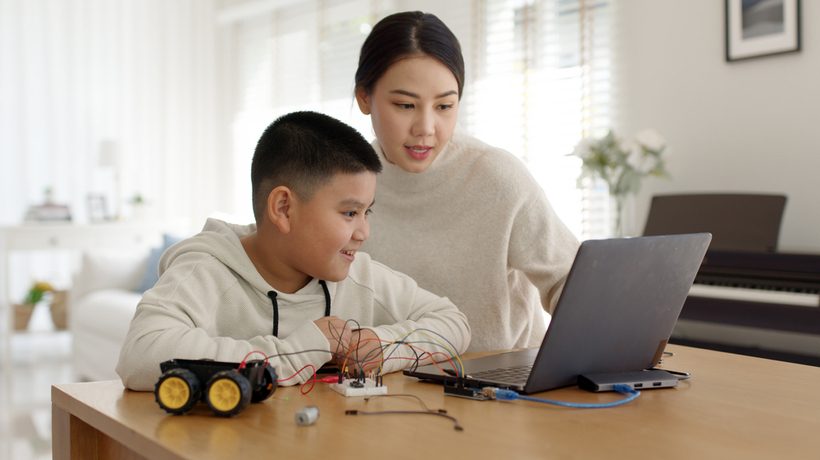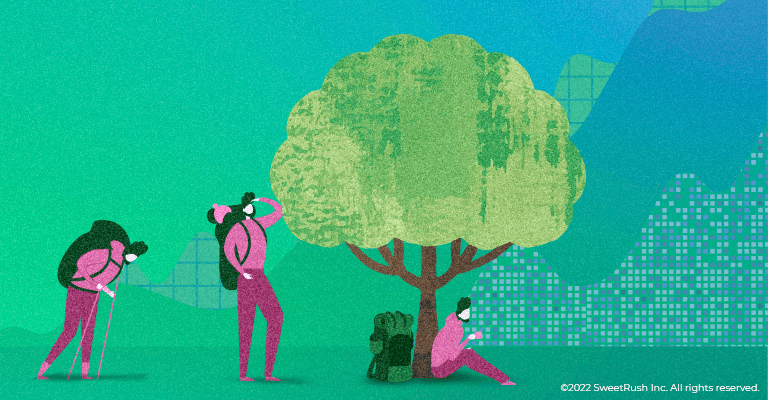Motherhood And Learning Experience Design: Four Lessons Learned
Nine intense months can hardly be summed up in four lessons. Here's what motherhood taught me about Learning Experience Design (LXD):
1. Ditch The Best
I bought her a toy; she wanted to play with the box it came in. Like all mothers, I want to do everything I can to support my baby’s development. There are countless articles about the "best" toys for each age that can support motor skills development. So, I go and buy her one: a set of stacking cups so she can develop hand-eye coordination, shape identification, etc. Except that she wanted to play with the box that the toy came in instead.
At different times, different learning strategies became highly popular. From experiential learning, to gamification, to microlearning…some advocates would claim that this strategy or that was the "best." In fact, there is no such thing. A learning strategy is just that, a strategy to lead the learner from point A to point B. Understanding where points A and B are, is crucial to identifying the strategy that is most suitable for the journey. Sometimes, an empty box is enough.

2. Trust The Process
I often had moments where I would doubt if Lila would ever hold her head upright, or sit, or giggle, or say a word. There was no reason for me to doubt; she was a healthy baby. But being caught up in the current moment, where those milestones seemed so far away, I couldn’t help but question whether they would ever happen. Did it even matter if I kept repeating "mama" in return for her silent response? One day, out of the blue, she said "mama."
As Learning Experience Designers, we may sometimes doubt whether the learning experience we're designing will succeed in creating the learning impact we set out for the learner. The time we spend on the small details, for example the phrasing of a unit title, seems trivial to the learning journey. But successful Learning Experience Designers know that LXD follows a structured and, to a large extent, scientific process. We do the grunt work, and trust that it will fall into place at the end for a smooth and effective learning journey. "Mama" will come in due time.
3. Spacing Works
When Lila was three months old, I bought her a book with multiple sensory activities. I gave it to her almost every day for a month. She spent most of that time making crinkle sounds with the pages. Then new toys came along, and I forgot about the book. When I gave it to her a while later, she used it in a variety of new ways: she discovered the hanging teether, the flapping tree, and the little mirror. Old toy, new game.
I see that even in great case scenarios, learners manage to gain and apply only a percentage of the knowledge provided during their initial learning journey. But when given the opportunity to come back to it sometime later, they are no longer the novices they were the first time round and can therefore engage with the content in new and valuable ways. As Learning Experience Designers, we can integrate opportunities within the learning journey for the spaced application of learning, be it through questions, interactive activities, or case studies, to name a few. Time to dust off that toy.
4. The Age Of Critical Thinking
It’s like flying a plane while learning how to fly it: this is what motherhood is like, except that it is even harder, because there is rarely one way to do anything. My mother would tell me one thing, the pediatrician would say another, and what I read online would be entirely different. The baby should sleep in bed with you. The baby should never sleep in bed with you. Breastfeed on demand. Breastfeed once every three hours. Don’t hold her too much. Hold her as much as possible. To give a pacifier or not to give a pacifier, that is the question.
We are living in an age where we have access to incredible knowledge. When designing a course, it’s possible that all the material within it is already out there, and it’s possible that material contradicting it is out there as well! As Learning Experience Designers, we can enrich some of the learning journeys we design by integrating that diversity of information and allowing learners to think critically about the topic at hand. My favorite resource as a mother was the book What to Expect: The First Year, which often cited a variety of perspectives, in some cases offering a recommendation and in others not. Let us empower learners to be active, critical thinkers in their learning journeys.
I am excited to see what the future holds!
Image Credit:
- The image was created by Kashida and used with their permission by the author.










